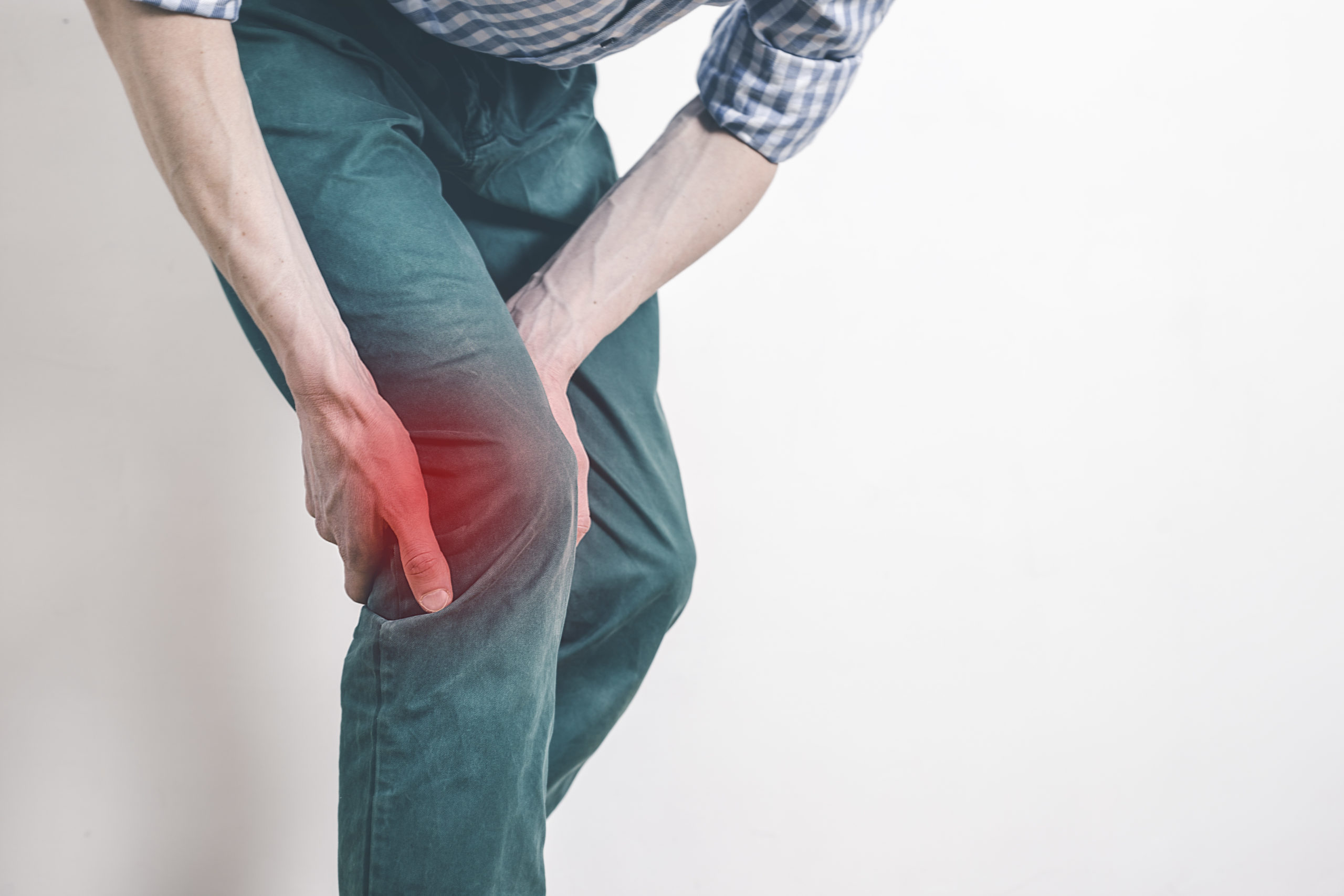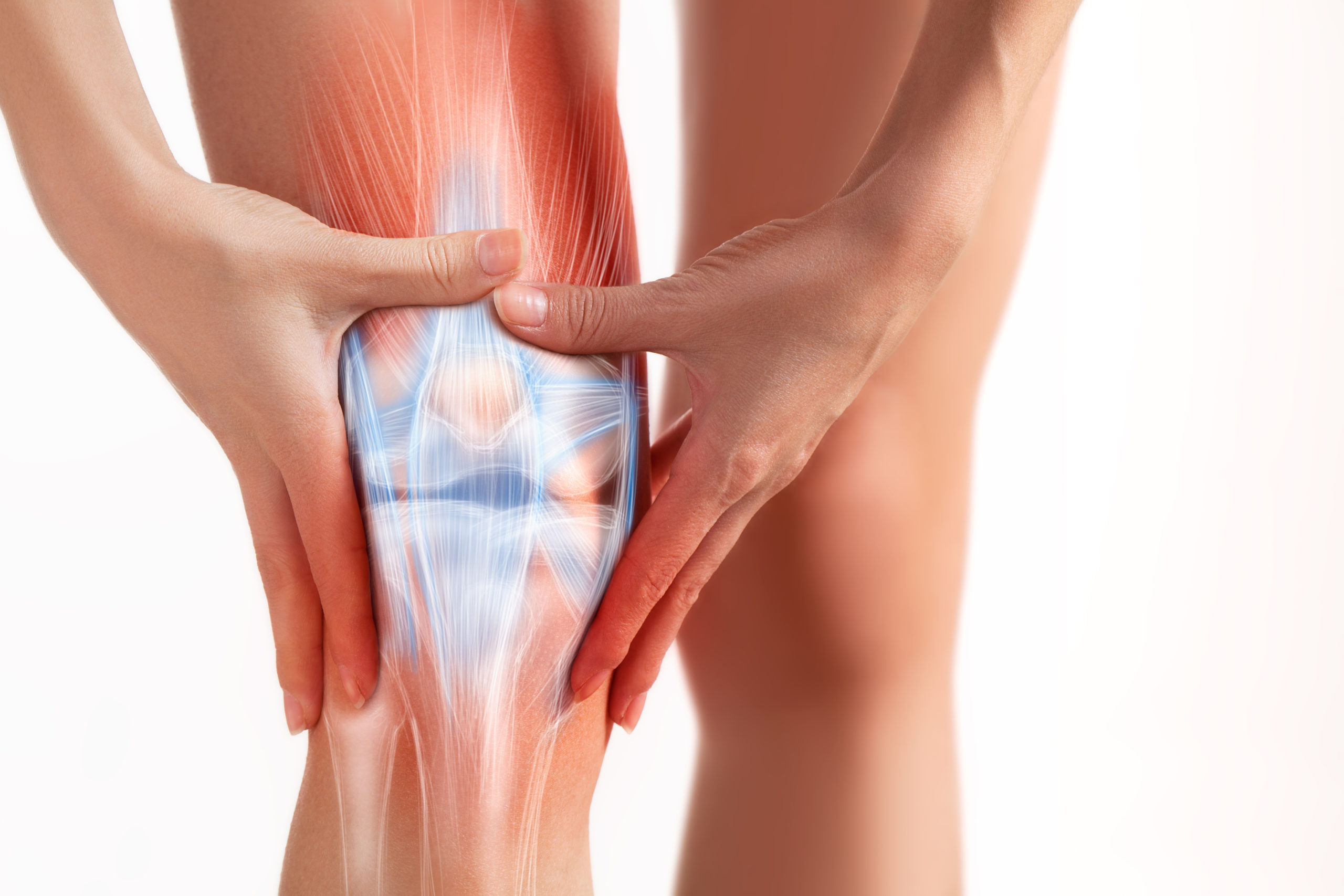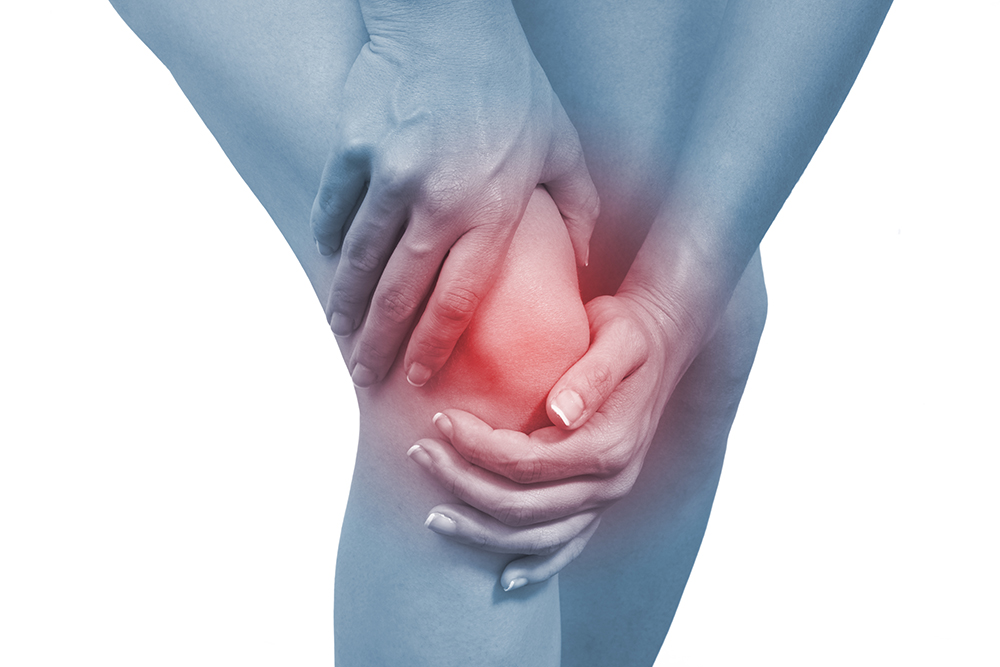
The menisci are C-shaped rubbery cartilage discs present in pairs between the bones within the knee joint. They are known as the medial meniscus and the lateral meniscus depending on whether we’re referring to the meniscus on the inside of the knee (medial) or the outside of the knee (lateral).
If you’re suffering from a meniscal tear then you’re not alone – it is estimated that 6 in 1000 people suffer from this knee pain here in Australia, with men being more likely to sustain this injury than women by 2.5 to 4 times, and the peak age of injury being between 20 and 29 years.

Why is your meniscus important?
Your knee joint is one of the strongest joints in your body, taking on and transmitting forces equal to 2-3 times your body weight during regular walking – and even more so during running sports, stairs and the like. The menisci play an important role in this, working to absorb shock and distribute load through the joint, improve knee stability, and helping control knee flexion and extension movements – to name a few.
What causes a meniscus to tear?
Meniscus tears can occur from:
- Excessive forces within the knee joint, between the thigh bone (femur) and shin bone (tibia). This often results from twisting the knee while it is firmly planted on the ground and flexed, making it a common sporting injury in young adults. This includes sports that involve quick pivots or changes in direction, fast-paced sports like soccer and basketball, and those that require fast movements during activities that bend and straighten the knee
- Age-related degeneration. This occurs gradually over time in older adults, as a result of the force on the knee joint over a number of years. This may occur alongside other problems within the knee joint like osteoarthritis
- The meniscus may also be torn simultaneously with other knee injuries like anterior cruciate ligament (ACL) tears, which occur in 50% of meniscus tears

Symptoms & diagnosis
Sudden meniscal tears cause pain and inflammation within the knee joint, stiffness and instability, which is aggravated when the knee is bent and straightened. You may feel or hear a popping when the injury first occurs. If your tear is degenerative in nature, then your symptoms may start with a dull ache or niggling at the knee before worsening.
If you suspect you have torn your meniscus, it’s important to have it diagnosed professionally immediately to confirm the diagnosis and rule out other causes of knee pain like ligament tears, tendon strains and more. This is something that your My FootDr podiatrist can help with.
Treating meniscal tears
Before you’re able to get in to see your podiatrist, you can help relieve the painful symptoms by using:
- Rest (with weight bearing as tolerated or with crutches)
- Ice
- Compression bandaging
- Elevation of the affected limb to minimise acute swelling and inflammation
Next, your treatment will depend on the severity of the tear and its location, as different areas have differences in blood supply. Small tears in well-supplied areas respond effectively to regular treatment, while large tears in poorly vascularised areas may need additional measures like surgery.
Here at My FootDr, we may use a number of treatment strategies as part of your care, ranging from custom foot orthotics to help promote optimal leg alignment and reduce excess strain or forces on the knee joint, to knee bracing and strapping, stretching and strengthening, and ensuring your footwear is offering a good level of stability and support throughout your recovery.
We also recommend partnering with a great physiotherapy team that are experienced in treating meniscal tears. An early assessment will set you on the right track and have you implementing the best strength and conditioning techniques at the right time to maximise your recovery, while helping prevent accidental re-injury or injury worsening.





